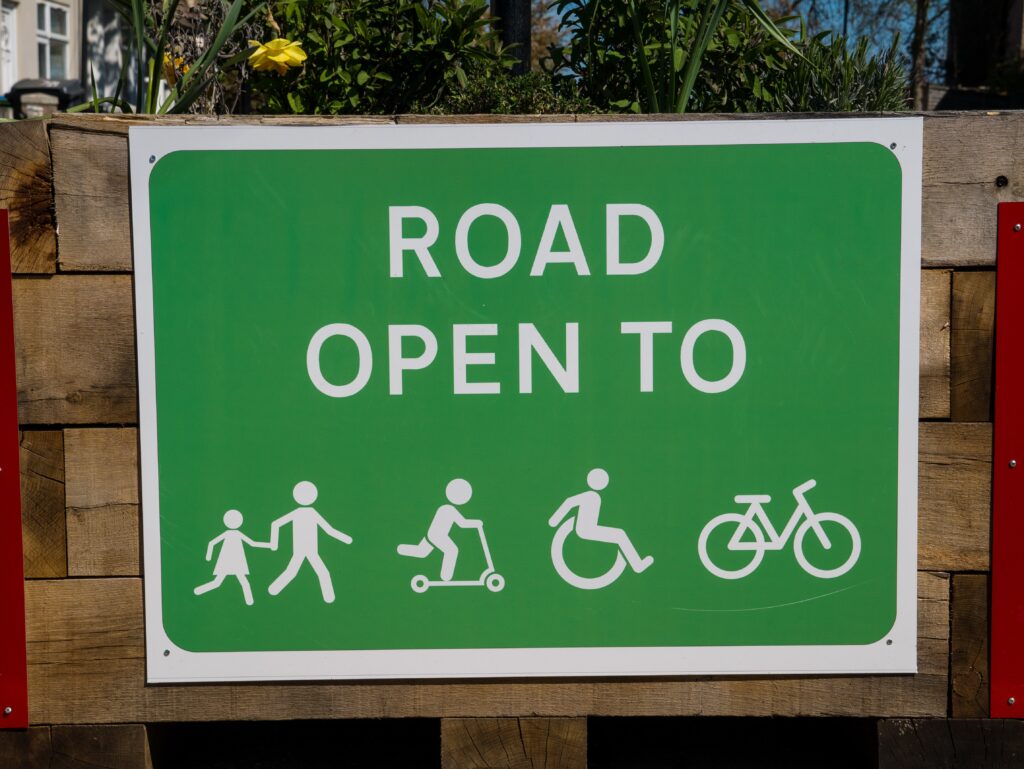Low Traffic Neighbourhoods offer benefits, but next generation must improve
A new report has revealed the positive impact of Low Traffic Neighbourhoods, but identified room for improvement in design, community engagement and support for local residents.
The recently published study, Street Shift: The Future of Low Traffic Neighbourhoods (LTNs) has laid bare both the benefits and down-sides of areas falling under the scheme in London.
Several key advantages have been identified in the work, including reduction in car traffic (ranging from 25 to 76% across different areas), increased adoption of active travel methods such as cycling (rising between 31 and 172%) and walking, and improvements in road safety. However, shortcomings also factor, not least the fact these initiatives alone cannot address reliance on private car journeys as they do little to change main road traffic, while congestion outside LTNs and on boundaries has actually increased in some cases.
The study was carried out by Centre for London, and the think tank has made several recommendations for the next generation of LTNs. Although clear on how these schemes will play a part in the solution to reducing traffic overall, complementary measures – including cycle training, public transport improvements, and widening the network of cycle and car clubs – are needed. In addition, more needs to be done to build awareness about changes to road access, particularly for emergency drivers, blue badge holders, and delivery vehicles. Distance-based road charging, as oppose to the current Congestion Charge and ULEZ, should also be considered.
‘We’re calling on the government to give the Mayor of London and the boroughs new powers to raise funds themselves, for the delivery of sustainable travel measures such as Low Traffic Neighbourhoods,’ said Nicolas Bosetti, Head of Data and Insight at Centre for London. ‘By offering a package of measures and by consulting local people and street users in advance, local authorities can make Low Traffic Neighbourhoods more effective, and less controversial.’
Mark Frost, Trustee of the Foundation for Integrated Transport (FIT), which paid for the research, added: ‘FIT was delighted to fund this work as part of its support for projects to reduce traffic and car dominance. Roadspace reallocation interventions like LTNs to support active travel can play an important role in that – but as the report says, these need to be taken forward as part of a wider integrated sustainable transport strategy to minimise the issues that displacing traffic to main roads can cause.’
Outside the UK capital, earlier this month Birmingham City Council announced that it would do more to work with local residents to improve its LTNs.
Image credit: Matt Seymour


















